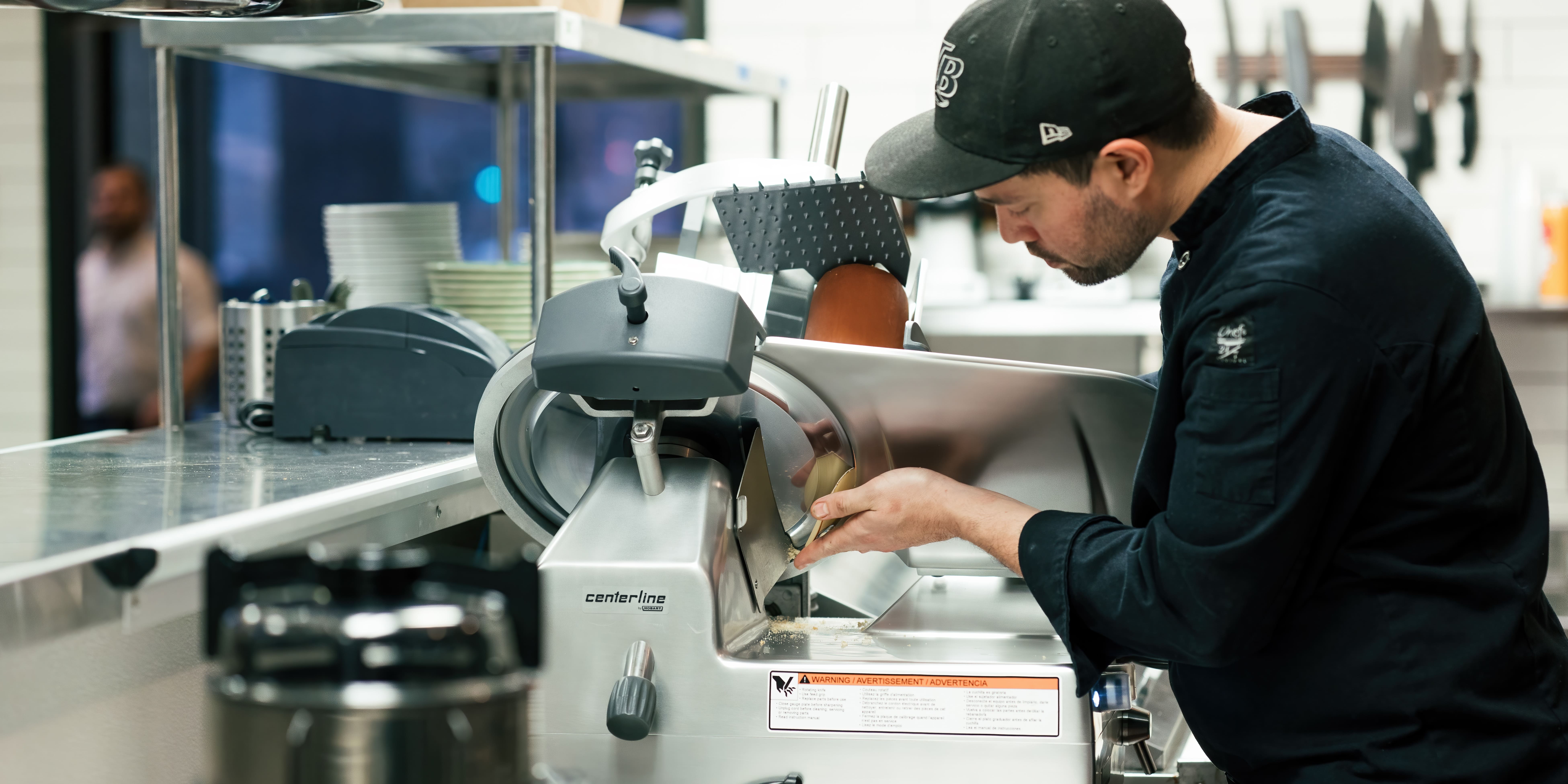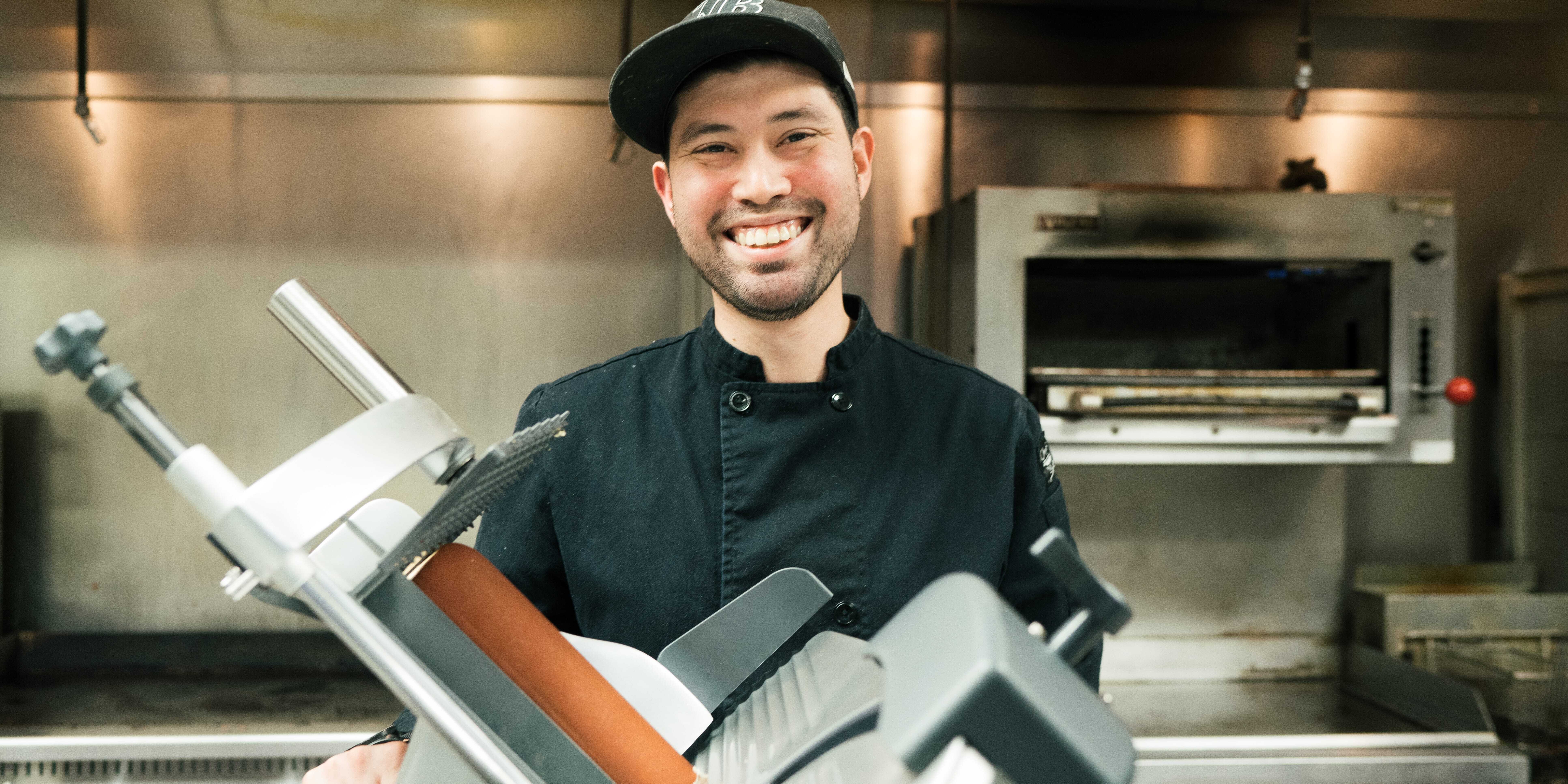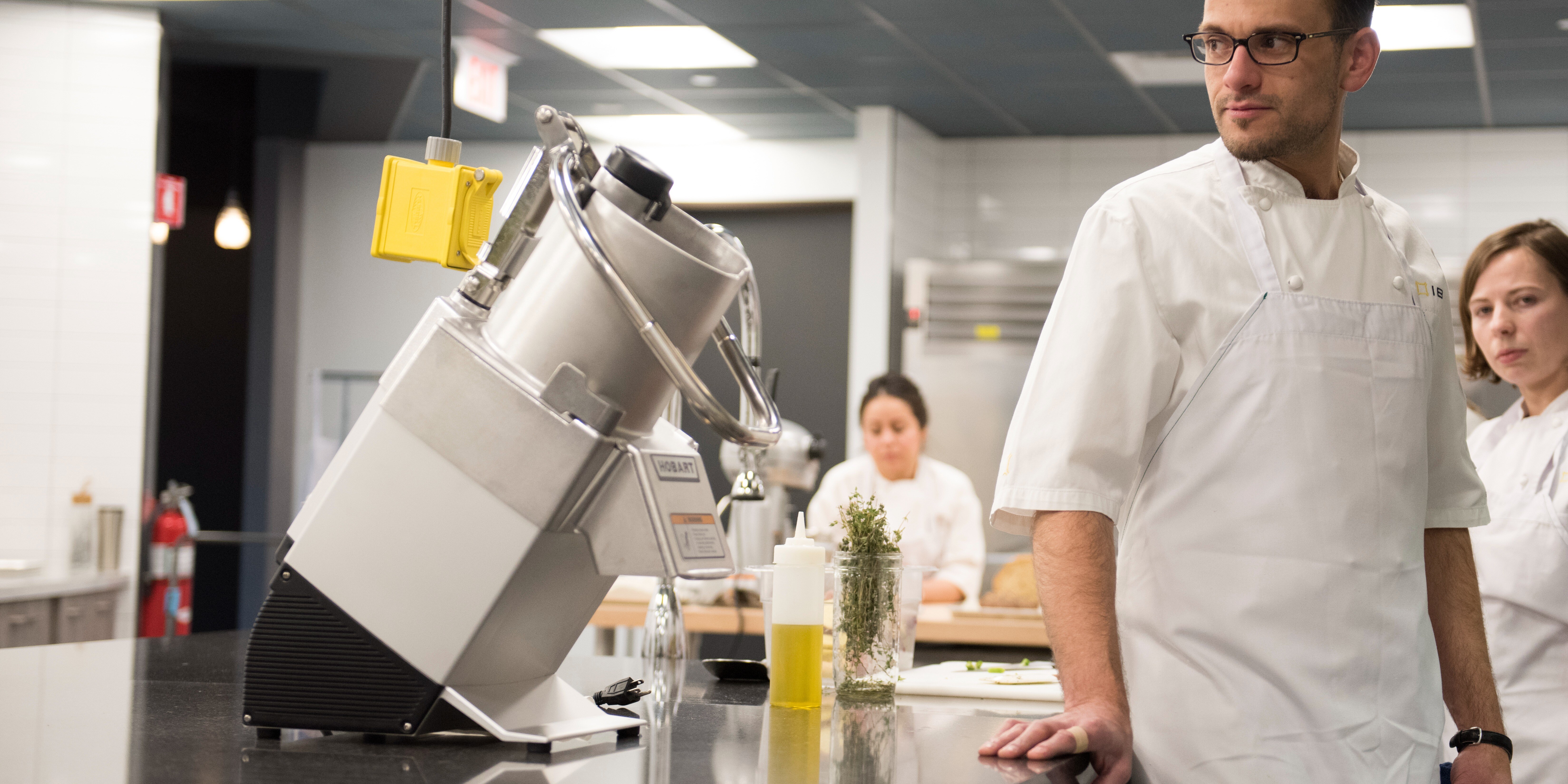A growing number of K-12 schools are incorporating farm-to-school programs and more fresh food into their students’ daily meals. This is important since the food students eat impacts more than their physical well-being. Healthier meals have been shown to improve academic performance.
However, it can be challenging for schools to find the necessary funding and available labor to prepare and serve more fresh food to students.
Choosing the right kitchen equipment, such as food processors, can help schools improve efficiency when preparing fresh food and increase the quality and longevity of the product—so there is less food waste and a school’s budget can go further.
A growing movement
Farm-to-school efforts bring locally or regionally produced foods into school cafeterias and offer hands-on learning activities to students. These include growing school gardens, coordinating farm visits, offering culinary classes and providing food-related education. Farm-to-school also promotes food equity among students.
The U.S. Department of Agriculture (USDA) has supported the Farm to School Grant Program since 2013, providing grant funding to schools, nonprofit organizations, local and state government agencies and other entities. Since 2013, the program has awarded nearly $75 million in grants for 1,019 projects in all 50 states, plus the District of Columbia, the U.S. Virgin Islands, Puerto Rico and Guam. According to the USDA, these grants have positively impacted more than 25 million students in over 59,000 schools.[1]
Schools use the funding to buy local foods for school meal programs, to train food service staff, to purchase equipment to support additional food processing and preparation, and for hands-on education, among other things.
Even with the funding, many schools still struggle to provide students with the freshest, healthiest food and to teach them healthy eating habits. Purchasing and preparing fresh, local foods is more time-consuming than preparing processed foods, making labor an obstacle.
How the right equipment can help
The equipment used to prepare fresh fruits and vegetables can improve the quality and shelf life of that food. With the right food processor, for example, schools can efficiently prepare fresh food that will last longer so they can stretch their budgets.
Using a food processor is also much more efficient than cutting, slicing and dicing fruits and vegetables by hand. Investing in the right food processor can save time and money, while also increasing the volume of food produced. And, the right equipment makes a difference in the appearance of the food, which can make it more appealing and prompt more students to eat it.
As soon as fruits and vegetables are washed, sliced and diced, their shelf life begins to shorten. Cutting and preparing produce using a food processor at the right speed—and following some key best practices—can help lengthen shelf life.
Look for a continuous-feed food processor that operates at an ideal speed of 450 rpm and that uses a blade that hits the skin of the fruit or vegetable in a manner that improves cutting performance. Cutting produce at the proper speed and angle can extend shelf life by helping to retain moisture. This is especially key with high-moisture foods such as cucumbers and tomatoes.
A food processor that works with a broad selection of cutting tools provides flexibility to change the menu and tackle more food preparation jobs in the kitchen efficiently. Kitchen staff can quickly go from slicing tomatoes for hamburgers to dicing tomatoes for chili, or from grating carrots for the salad bar to slicing carrot medallions to be cooked.
Features to consider
To choose the right food processor, first take into account what types of food will be prepared. Units are available in a wide range of sizes to process various amount of food in a given period of time. One unit may process 11 pounds of produce per minute, for example, while a larger unit may be capable of processing up to 88 pounds per minute.
No matter the food processor size, consider these key features that can help optimize efficiency and performance:
- Hopper size: It’s critical to choose a processor with a large enough hopper to meet the needs of the application and to offer flexibility for the kind of foods being prepared. One continuous-feed food processor that is popular in school kitchens has a large feed hopper that can process up to 17 pounds per minute—or 800 servings a day. The hopper is large enough to shred or slice an entire head of lettuce or cabbage with no need to precut the produce. This provides convenience and saves time.
- Interlock system: Look for a food processor that offers an interlock switch to help minimize the risk of injury. This technology prevents the machine from running unless the interlock system is locked down. The blade will not spin when the pusher plate is swung away or is open. There are varying levels of interlock systems available on the market.
- Stainless steel blades: A food processor with stainless steel blades and cutting tools is easier to clean. Stainless steel tools can be put in a dishwasher or a ware wash machine, ensuring proper cleaning and sanitization. This helps save time compared to hand-washing tools. It also provides assurance that equipment is properly cleaned to eliminate bacteria accumulation that could lead to food safety issues.
- Removeable parts: A unit with parts that are easily removable saves time in cleaning and allows for thorough cleaning. Look for a food processor that has removable cutting tools and a hopper with no-tool removal.
- Decoring screw: A food processor that includes a decoring screw provides greater quality and consistency in food preparation. A decoring screw deflects products away from the plate hub of the machine and into the middle of the hopper, for more complete processing of that item.
- User-friendly design: Certain features help make a food processor more comfortable for operators to use, reducing operator fatigue. A machine with its front positioned at a 45-degree angle makes product loading easier for operators. Some food processors also offer ergo loop flexibility so kitchen staff can use either hand to push the feeder and load produce.
Best practices to follow
After choosing a food processor that offers the right capacity and tools for the job, follow some key best practices for using and cleaning the equipment to get optimal results.
Be sure to clean all fruits and vegetables before starting. It’s also important to thoroughly clean the food processor and all cutting tools. This helps prevent cross-contamination and issues with food safety.
When using and cleaning the equipment, handle sharp cutting tools with care. Store cutting tools in a safe and convenient manner, such as on a tool rack or in a bin marked by tool size.
Last, properly load the hopper with the right amount of produce to help ensure the best performance. A food processor blade turns clockwise as it operates. When loading product into the hopper, load it in the same direction. This allows the blade to immediately hit the product as the blade spins. Loading the food on the far side will jostle the fruit or vegetable, and it may not slice evenly.
Improve productivity and minimize waste
Schools want to provide the freshest, best-tasting meals for students. Implementing a farm-to-school program can help meet this goal.
Having the right food processor—and following best practices for use—can improve productivity in preparing and serving fresh produce while also minimizing food waste, so schools can make the most of their investment.
Sources
[1] https://www.fns.usda.gov/f2s/im-new-farm-school
About the Author
 Megan Gray is the product line manager for Hobart – Food Preparation Products. She has been with Hobart since 2017 and specializes in Hobart meat room, specialty and food processing equipment. See all her blogs here.
Megan Gray is the product line manager for Hobart – Food Preparation Products. She has been with Hobart since 2017 and specializes in Hobart meat room, specialty and food processing equipment. See all her blogs here.





-min.jpg)





